Hugo Stewart has picked me up from Salisbury train station and we are making our way towards Domaine Hugo, one of the UK’s only biodynamically-certified wine estates. During the twenty minute journey through the chalk lands I notice very few vineyards, and I mention this to Stewart as we approach our destination.
He confirms that this part of the countryside is dominated by farmland. “It’s a great asset in lots of ways,” he adds, adding that there’s no risk of a neighbour’s mildew-infected vines spreading into his plots. Stewart is an ex-pig farmer who spent fifteen years growing vines in Languedoc before returning to the UK to establish Domaine Hugo in 2015.
The entrance to the estate is very modest, and we pull up into the drive, a small courtyard with browning ivy wildly draping one side of the cloister. We pop on some wellies and head down to the vines, whose leaves have begun to yellow. Just 2.5 hectares of the 40 hectare site has been planted to vine, with another 1.5 hectares about to be added. The rest is used for barley and sheep-grazing. Between the vines there’s a herbal ley, which at this stage of the year is undetectable, but contains an amalgam of legumes, herbs, clovers, and grasses. “There’s twenty different species here, you wouldn’t believe it now because it’s autumn,” says Stewart. “In the spring, it was up to here,” he continues, pointing to his knee.
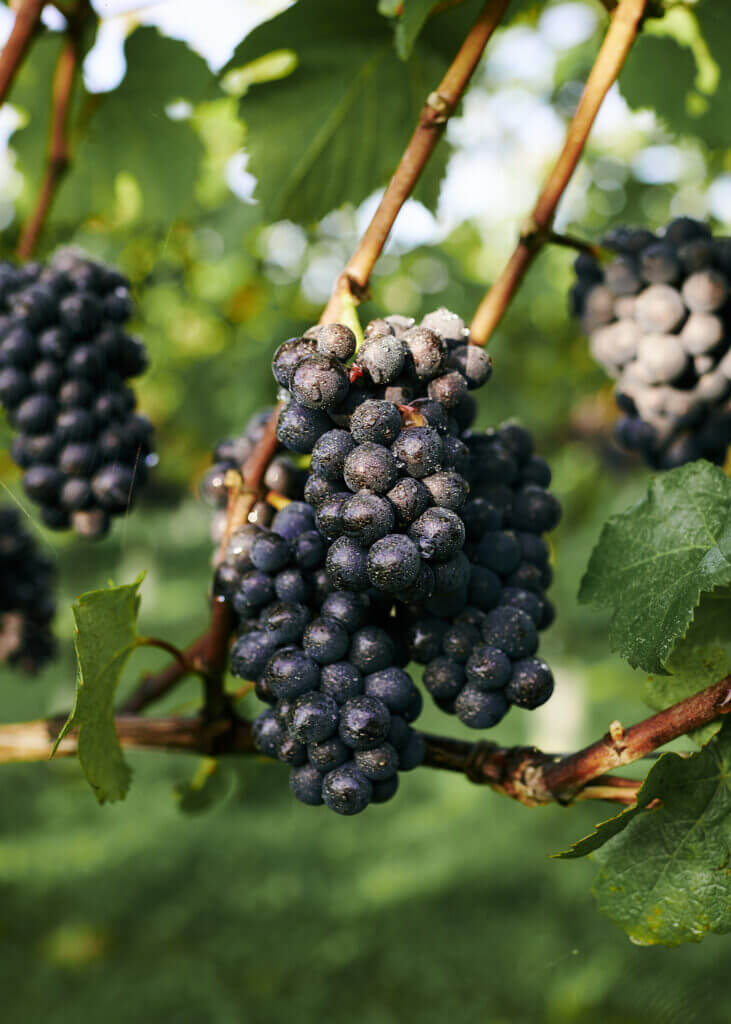
Going against the grain, this is one of the ways in which he has prioritised an ecological approach in his vineyard – and in the end, it has paid off. “Everyone said, oh no, you shouldn’t have anything growing, you should either put weedkiller down or cultivate it so that there’s no competition against the vines,” he tells me. “But now, actually, because we’ve got a bit more knowledge about what’s going on under our feet – with the biodiversity, and all the different rhizomes and fungi and mycelium,” he continues, “as opposed to it being a ‘competition’, it helps them.”
Stewart also focuses on natural methods like de-budding and leaf stripping to improve air circulation and sun exposure, reducing dampness and promoting grape health. He employs biodynamic preparations such as horn silica and cow-dung-based treatments to strengthen the plants and aid ripening, while experimenting with spur pruning to optimise sugar reserves and achieve more consistent growth, inspired by insights from biodynamic experts such as Australian winemaker Julian Castagna. After slower growth initially, the vines had caught up by the third year, and now they’re flourishing.
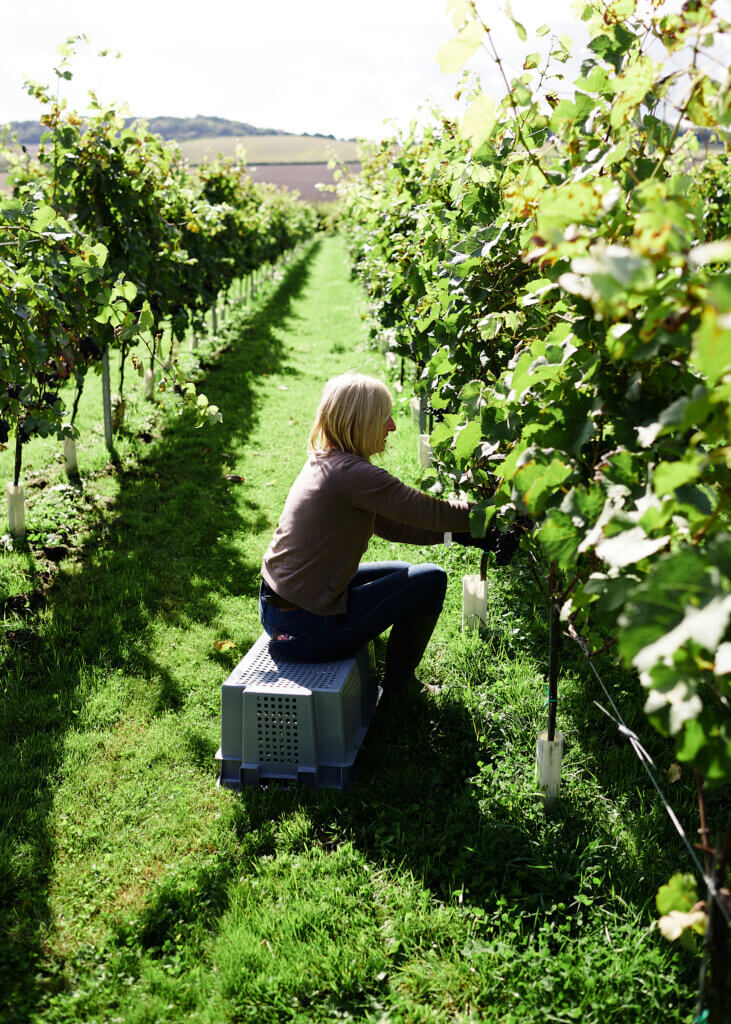
A similar story can be told about Oxney Estate in East Sussex, which has been certified organic since it was founded in 2012. I visited the estate at a similar time of year and Kristin Syltevik, the winery’s owner, was notably nonchalant about opting for organics. “We recently had a couple of very important vineyard people visit,” she says, “and they said that my vineyard looks better than conventional vineyards in the UK this year.” How? By emphasizing the importance of nourishing the vineyard with compost enhanced with willow chips, and using copper, sulphur, bicarbonate of soda and seaweed to treat the 14 hectares of vines. By focusing on maintaining robust plants, Syltevik is able to minimize interventions, skipping pruning wound sprays and instead using herbal teas for plant care, and she’s also considering making the move into biodynamics by, among other things, adding silica spray to her regime.

Syltevik started her career in PR, running the technology division at Weber Shandwick, a global PR agency, before founding her own technology-focused PR company, with offices worldwide. After a career immersed in high-profile clients, she acquired a taste for quality wine, and she was looking for a new challenge. “I thought it’d be really good fun and really easy to have a vineyard,” she says. “So wrong. It is so difficult.” But with the organic approach she takes, she has gained security and confidence. “I actually have kind of mastered the vineyard, I feel,” she says. “Being organic or biodynamic doesn’t mean you’re laid back. It means that you’re quite intense about it, actually.” As a result, Oxney’s wines have a distinctive character that combines zesty fruit, herbaceousness, and saline acidity.

Both Oxney and Hugo have risen in a decade marked by an increasing interest in organic and biodynamic viticulture. According to the 2022 WineGB report, the organic vineyard surface area is increasing at a rate of of 15-20 per cent, with 390 hectares of UK vineyards now certified organic, representing 8-10 per cent of the total UK vineyard area.
The first pioneers of organic viticulture in the UK started in the 1990s, with Will Davenport of Davenport Vineyards planting organic vines across Kent and Sussex, whilst Roy Cook got going in Sussex with Sedlescombe Organic Vineyard. For Davenport, the positive change is clear. “Twenty years ago we were almost the only organic producer and now there are a small handful of around 25 vineyards with several that have been successful,” he says. “Climate change might throw new challenges at us, but I believe the organic system with well managed soils is actually better equipped to cope with extremes in the weather.” With things beginning to gain more momentum in the last decade, it’s clear that vine growers are increasingly compelled by this logic, with a reduction of chemical interventions on the vines sometimes translating into a similar approach in the cellar.
Domaine Hugo’s winery has itself become a hub of low-intervention winemaking. This began in 2018, when Stewart began collaborating with Daniel Ham, a young winemaker who was working at Langham Estate. Impressed by Stewart’s fruit and farming philosophy, Ham proposed building a winery on site.
After a walk around the vines, Stewart takes me to the winery, and the first thing to note is the fifty-year-old Coquard press, which is used to press the Pinot Noir, Pinot Meunier, Chardonnay, and Pinot Gris grapes that go into Hugo’s sparkling wines. “I just love the whole idea of it,” he tells me “and the juice that comes out – clear as crystal.” We taste the 2020 vintage of the Brut Nature, the first vintage to make use of the Coquard. Winner of the WineGB Award for Best Vintage Classic Cuvee in 2024, it has the scent of fresh orchard fruits and apple blossom, with a touch of roasted almond underneath. On the palate it’s mineral-driven, with electrifying acidity, and the intensity and saline length of a good grower’s Champagne. Around the winery, there are fiberglass tanks, inox tanks, ceramic eggs, small oak barrels from France and larger foudre from Austria. Ham applies a range of different methods at Hugo, as well as on his own-label Offbeat Wines, and some of the other vineyards he produces wines for.
“There isn’t a huge amount to say really,” Ham says, when I ask him about his approach, “because we do very little here.” He’s notably excited about the crates of grapes that have just entered the winery. “To be bringing in fruit this clean in November is just unreal, really,” he says.
One of the collaborators dropping off fruit that day is Ben Adams, who I’d spoken to a few days earlier over the phone. After several years working in France, Adams returned to the UK in 2017, joining Exton Park Vineyards, which follows progressive viticultural methods, but is not organic. This experience offered him a fresh perspective on conventional practices, contrasting with his previous work. In 2020, he took on a small 5.5 hectare site in Winchester, where he planted Chardonnay, Pinot Noir, and Pinot Meunier. He farms the site organically, with the first wines now bottled, and ready to release to market by spring 2025. Due to the low pH of the fruit, Adams believes the UK has the ideal environment to make wines without any sulfite additions. “We’re always operating at quite low temperatures in wineries,” he says. “Additions just don’t seem relevant,” he adds “regardless of ideology or ethos or anything like that.”
Still, this year’s challenging harvest has been marked by uneven ripeness and high acidity. What this means for Ham is that “it’s definitely a year to be quite inventive and try things.” He’s experimenting with carbonic maceration to soften malic acid in still wines and considering using some juice for Col Fondo – the method used to produce Prosseco, viewing the tricky vintage as an opportunity to push boundaries and learn.
The hope is that this experimentalism and commitment to sustainability will spread from this hub, but I ask Ham what can be done to more directly push further as the British wine industry develops. His answer is straightforward. “Keep producing really good wines.”
“If the wine’s good and then they find out it’s organic or biodynamic, I think it’s almost like a double whammy.” Stewart agrees. “The proof of the pudding,” he adds, “is what’s in the bottle at the end of it.”
Five to try
Oxney Estate, Chardonnay 2022 – An excellent example of quality English still Chardonnay, with aromas of rosemary and lemon verbena, and a savoury, saline and generous palate; £25.
Domaine Hugo, Brut Nature 2020 – world-class bubbles from a co-ferment of Chardonnay, Pinot Noir, Meunier and Pinot Gris, with an enticing interplay of richness, fruit and bitters; £57.
Albury Estate, Biodynamic Wild Ferment Blancs de Blancs 2018 – the estate’s first biodynamically-farmed wine is produced from Chardonnay and fermented without any additional yeasts, resulting in a lively, salty, and zesty sparkling wine with a touch of richness and spice in the finish; £49.95.
Offbeat Watchtower 2023 – one of Daniel Ham’s own-label, zero-sulphur wines, it’s made with Pinot Noir from Ham Street in Essex. Fresh, easy going and bursting with juicy red berries; £25.50.
Davenport, Horsmondenry Dry White 2023 – made from a blend of lesser known grapes – in Bacchus, Ortega, Faber, Siegerrebe and Huxelrebe – this zippy, crisp, and peachy crowd pleaser makes the ideal aperitif; £17.75.

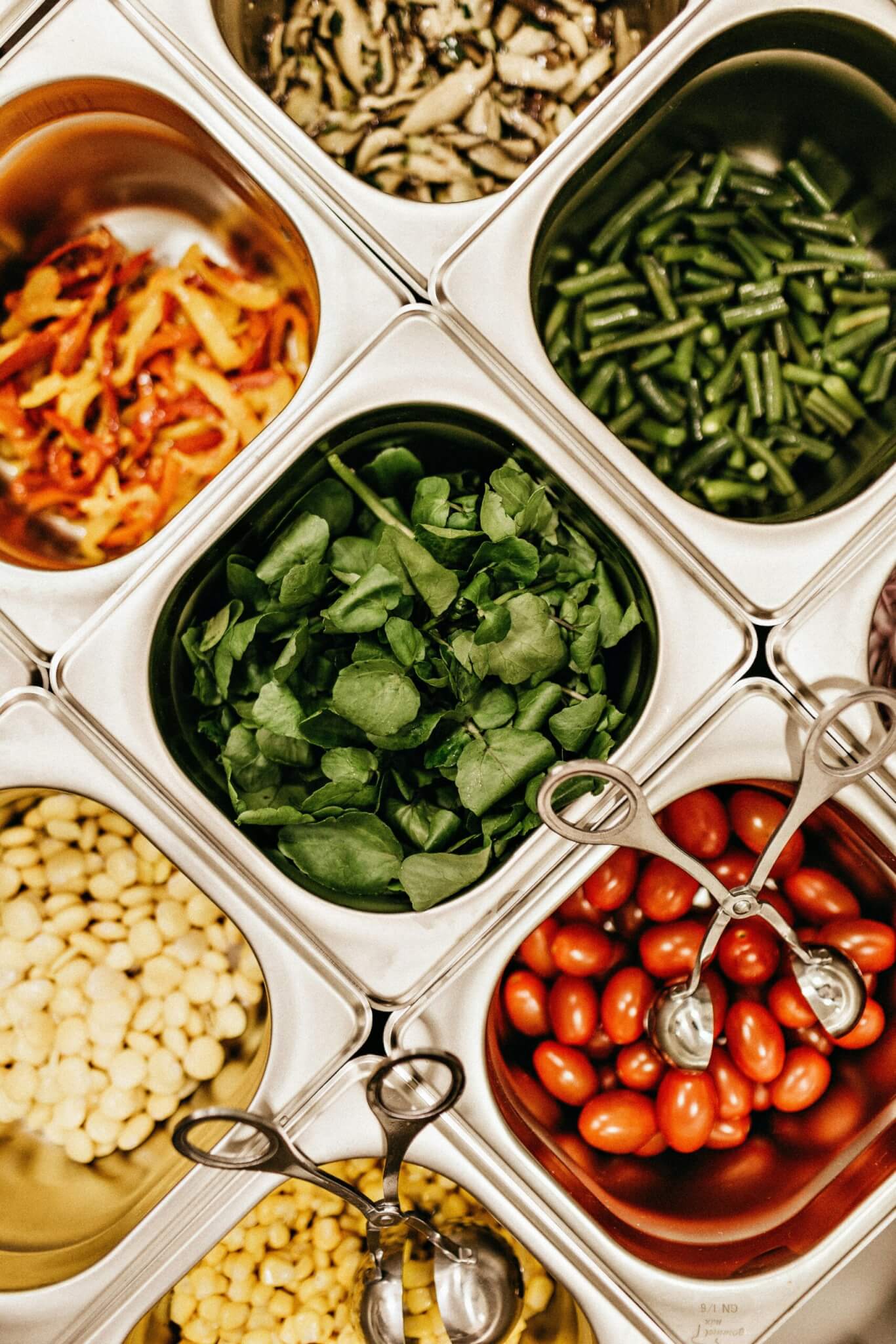


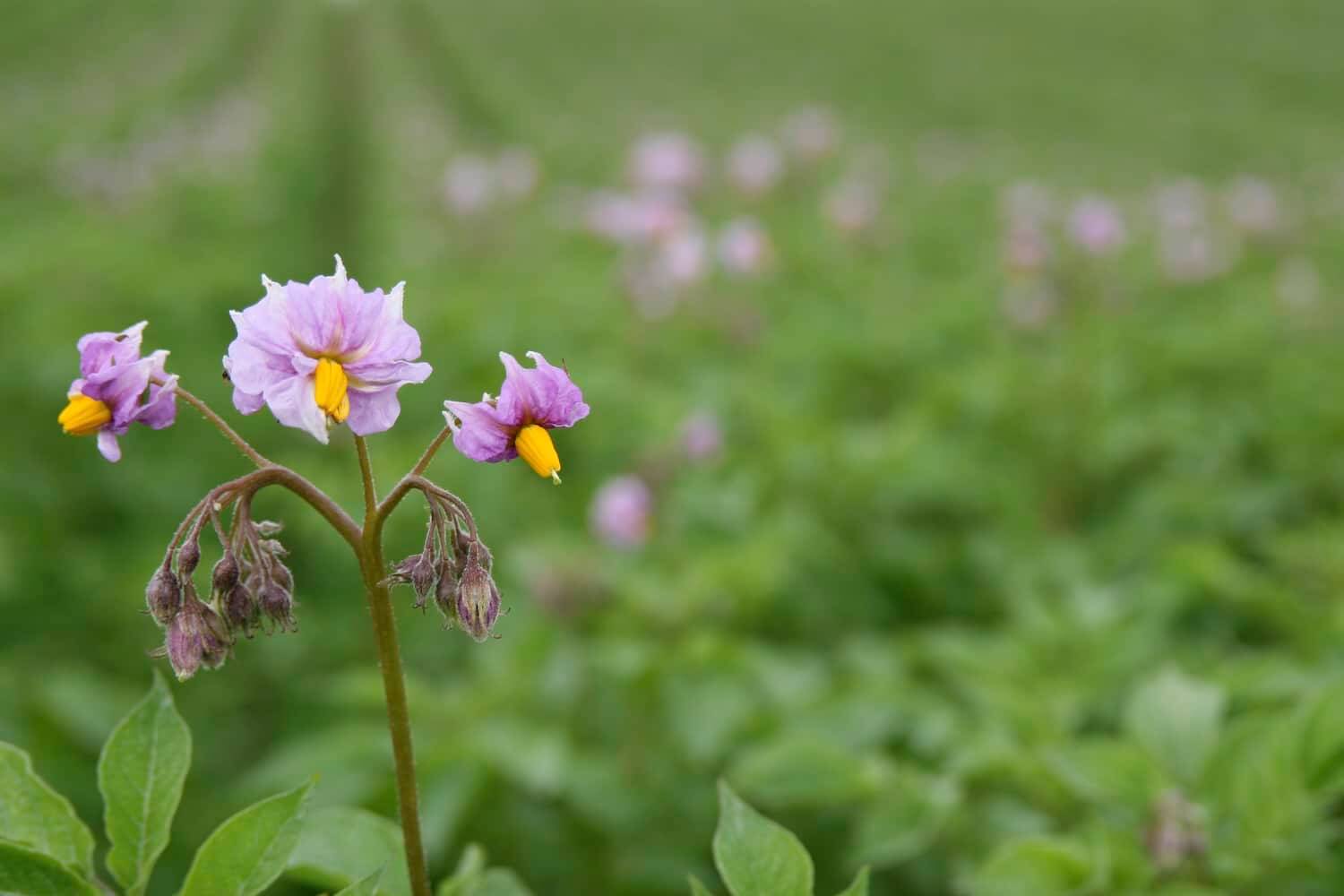
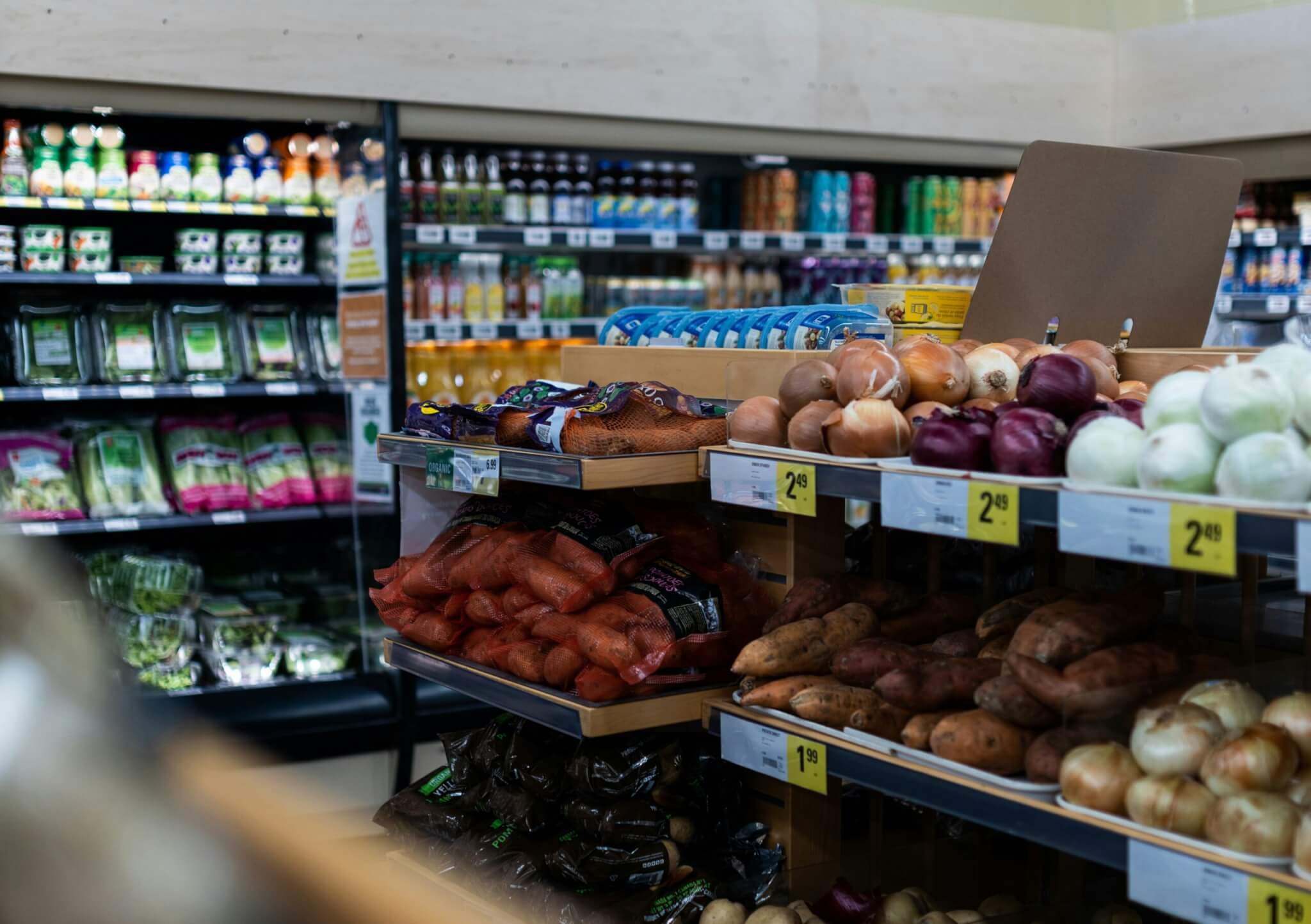

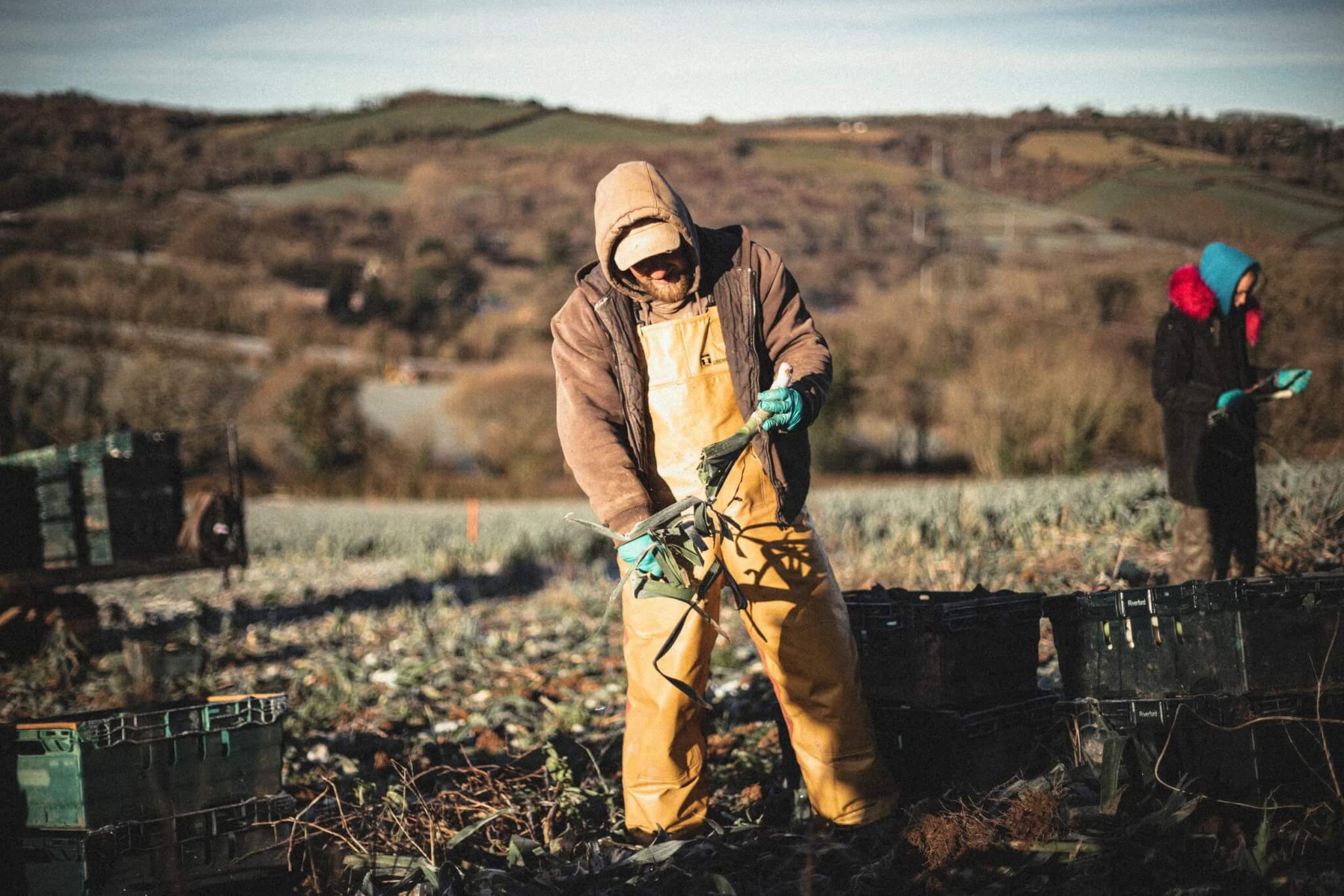
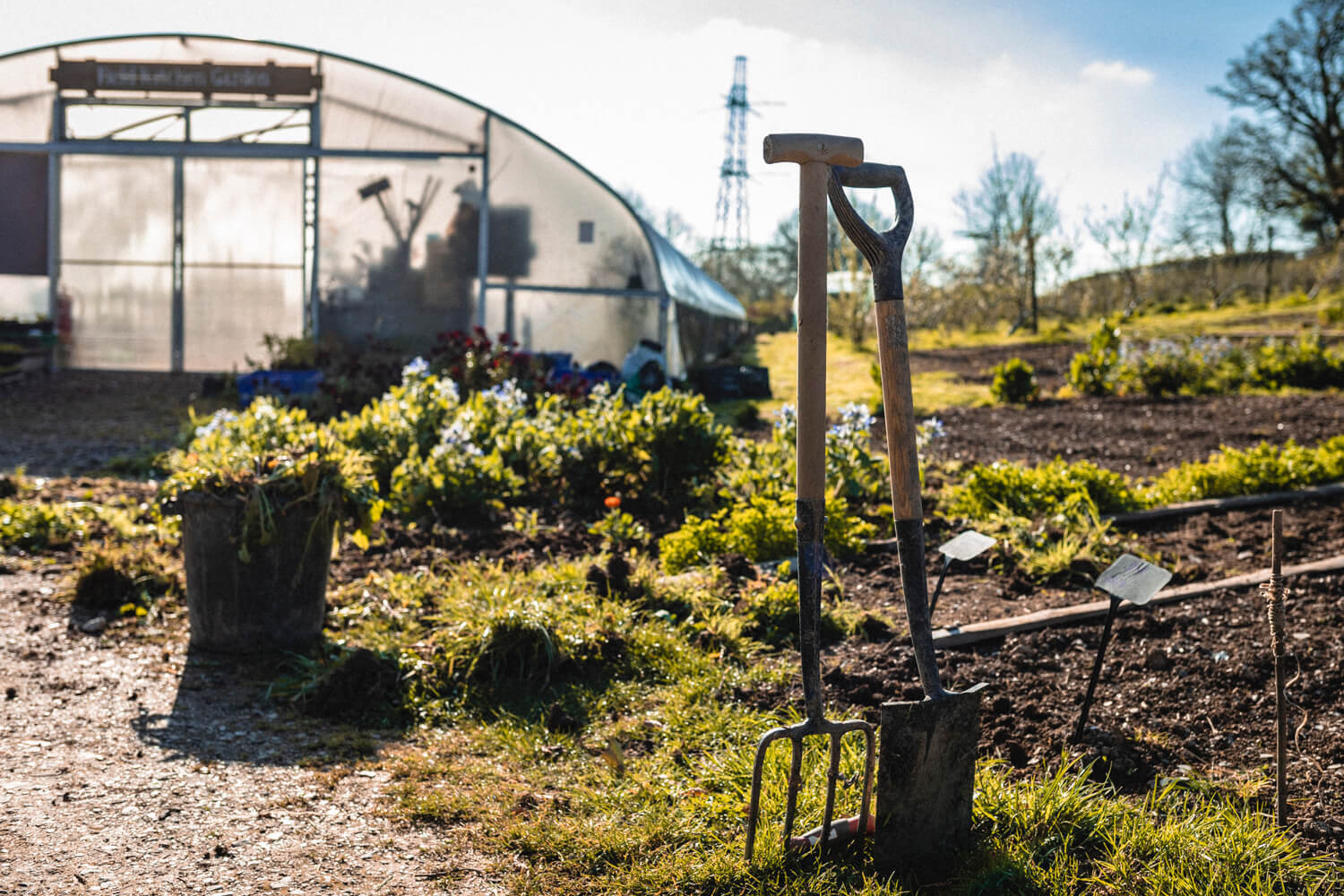
0 Comments